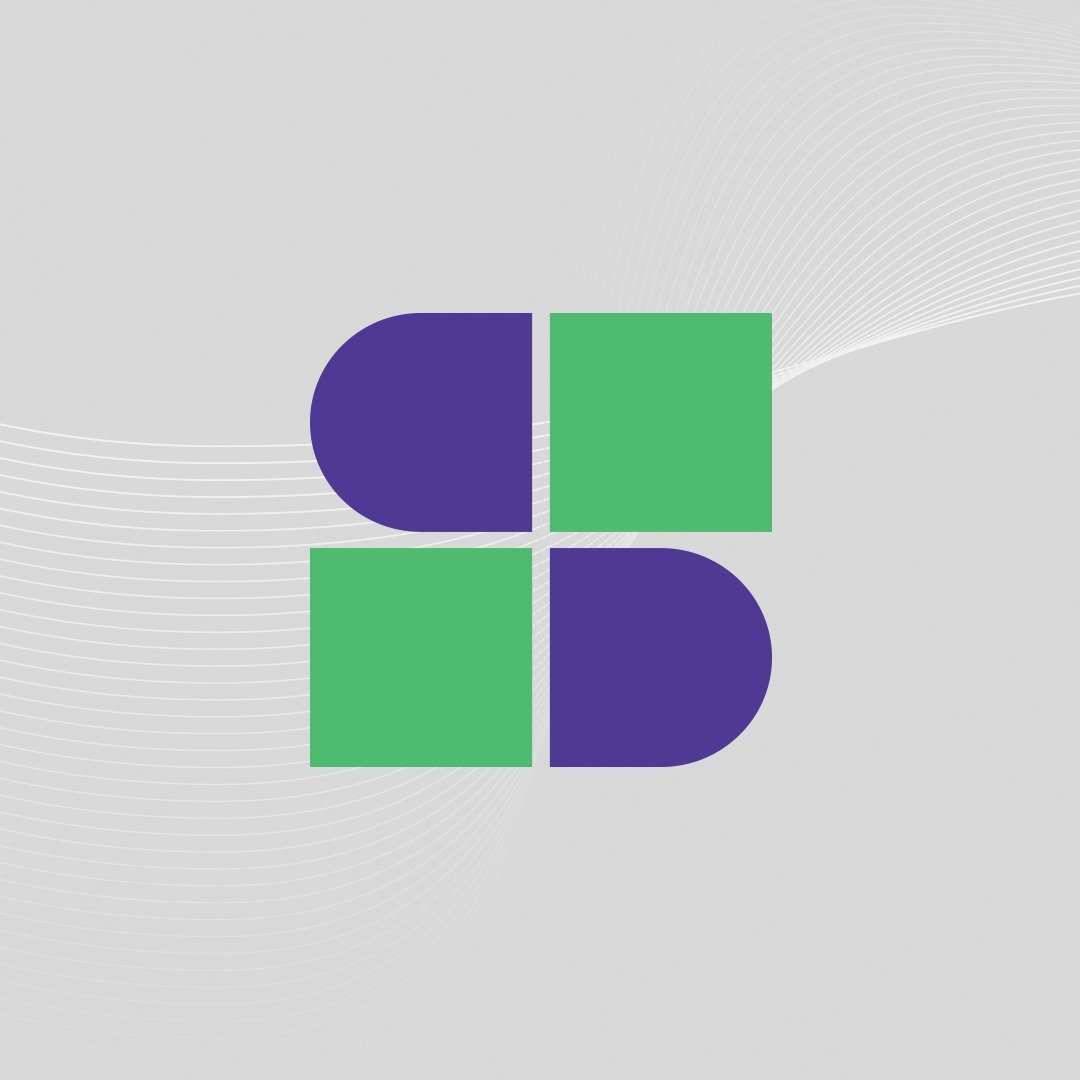Healthcare providers today face an unprecedented documentation burden that’s driving alarming rates of burnout. Recent studies show that 75% of doctors and nurses report feeling burnt out, with many considering leaving the profession entirely. Even more concerning, inefficient clinical workflows are costing the U.S. healthcare system approximately $202 billion annually.
For every hour physicians spend with patients, they typically spend two hours on administrative work, a ratio that fundamentally undermines the healthcare mission. Fortunately, emerging technologies like ambient clinical intelligence are transforming this landscape by automating documentation while preserving the human connection in healthcare.
In this article, we explore how optimizing clinical workflows with Ambient Clinical Intelligence is reshaping the future of healthcare – one interaction at a time.
Understanding Ambient Clinical Intelligence: Beyond Basic AI
Before diving into implementation strategies, it’s crucial to understand what sets ambient clinical intelligence apart from previous documentation technologies.
Ambient clinical intelligence represents the next evolution in medical documentation. Unlike basic dictation or transcription services, ambient clinical documentation leverages sophisticated AI to capture and interpret the natural clinician-patient conversation without requiring special commands or structured speech patterns. This technology enables providers to focus entirely on patient care rather than documentation requirements.
The power behind modern ambient clinical intelligence comes from healthcare-specific large language models (LLMs) trained on millions of clinical encounters. These specialized models understand medical terminology, recognize clinical context, and differentiate between casual conversation and medically relevant information. This specialization enables significantly higher accuracy than general-purpose speech recognition systems.
Unified Workflow Integration
What truly distinguishes modern ambient systems is their ability to unify previously separate workflows. Rather than maintaining distinct dictation, transcription, and speech recognition systems, ambient clinical intelligence converges these functions into a seamless experience that integrates directly with eClinicalWorks integration and other electronic health record systems.
The transformation from manual documentation to ambient intelligent systems represents a fundamental shift in how clinicians interact with technology during patient encounters.
The Financial Impact of Optimized Clinical Documentation
Healthcare organizations adopting ambient technology see substantial financial benefits beyond simple time savings. Let’s examine the economics of clinical workflow optimization.
When evaluating ambient clinical intelligence solutions, organizations should consider both direct and indirect financial impacts. Direct savings include reduced transcription costs and decreased reliance on medical scribe solutions. Indirect benefits often prove even more valuable, including increased provider productivity, improved claim accuracy, and reduced clinician turnover.
Traditional documentation methods typically require significant resources, whether employing human scribes, maintaining transcription services, or accepting reduced patient throughput due to documentation burdens. A comprehensive cost analysis typically shows ambient systems providing superior ROI within 12-18 months of implementation.
Perhaps most compelling is the impact on revenue cycle performance. By capturing more complete documentation in real-time, ambient clinical intelligence helps ensure appropriate coding and billing. This leads to fewer denied claims, reduced under-coding, and ultimately better financial performance for healthcare organizations.
Organizations implementing AI in healthcare often report significant improvements in documentation completeness, contributing directly to accurate reimbursement and financial sustainability.
ACI Technology Integration With eClinicalWorks and Other EHR Systems
Successful implementation depends on seamless integration with existing clinical systems. This is particularly important for organizations using eClinicalWorks.
Technical Requirements for Deployment
Effective ambient clinical intelligence deployment requires careful planning of technical infrastructure. Most solutions offer cloud-based processing to minimize on-site hardware requirements, though reliable network connectivity becomes essential. Organizations should evaluate their existing infrastructure against vendor specifications to identify any necessary upgrades.
Data Mapping for Discrete Field Population
A key advantage of advanced ambient systems is their ability to populate discrete EHR fields rather than simply creating narrative text. This requires sophisticated data mapping between the ambient system and the eClinicalWorks integration. Vendors should provide detailed documentation on supported field mappings and customization options.
Security and HIPAA Considerations
Since ambient clinical intelligence systems process sensitive patient information, robust security protocols are essential. Look for solutions that offer end-to-end encryption, role-based access controls, and comprehensive audit trails. Vendors should provide detailed documentation of their HIPAA compliance measures and be willing to execute appropriate business associate agreements.
The right integration approach ensures that ambient technology enhances rather than disrupts existing clinical workflows.
Transforming Patient Care Through Ambient Listening
Beyond operational efficiencies, ambient clinical intelligence fundamentally transforms the patient experience.
Enhanced Patient-Provider Communication
When clinicians can focus fully on patients rather than documentation, the quality of communication improves dramatically. Patients report feeling more heard and understood, which builds trust and improves adherence to treatment plans. This human connection, once sacrificed to documentation demands, becomes central to the encounter again.
Patient Perception Studies
Research on patient perceptions of ambient technology shows overwhelmingly positive reactions. Patients appreciate the increased eye contact and attention from providers. Many report a better understanding of their conditions and treatment plans after encounters supported by ambient clinical intelligence.
Continuity of Care Improvements
The comprehensive documentation generated by ambient systems also enhances continuity of care. When subsequent providers can access detailed, accurate notes about previous encounters, treatment becomes more coordinated and effective. This is particularly valuable for complex patients seeing multiple specialists.
The transformation of clinical encounters through ambient technology ultimately serves the fundamental purpose of healthcare: providing exceptional patient care.
Specialty-Specific ACI Implementation Strategies
Different clinical specialties have unique documentation needs that require tailored implementation approaches.
Primary Care Optimization
Primary care environments benefit from ambient clinical intelligence through improved efficiency in high-volume, varied encounters. Implementation should focus on capturing comprehensive reviews of systems and detailed assessment and plan documentation to support appropriate E/M coding.
Specialty Applications
Specialties like cardiology, orthopedics, and neurology benefit from ambient systems’ ability to capture detailed examination findings and complex medical decision-making. These specialties often see the most dramatic time savings, as their documentation requirements tend to be particularly extensive.
Emergency Department Implementation
Emergency departments present unique challenges due to their fast pace and unpredictable workflow. Ambient implementations in ED settings should prioritize speed of documentation return and integration with order entry systems to maximize efficiency in this high-pressure environment.
By adapting implementation strategies to specialty-specific needs, healthcare organizations can maximize the benefits of ambient clinical intelligence across diverse clinical settings.
The Future of Clinical Documentation
As these technologies mature, we’ll likely see ambient systems expand beyond documentation to provide real-time clinical decision support, identifying potential diagnoses and treatment options based on the patient-provider conversation. The future of clinical documentation will be increasingly invisible to providers while delivering unprecedented value to healthcare organizations and patients alike.
By embracing ambient clinical intelligence today, forward-thinking healthcare organizations position themselves at the forefront of clinical workflow optimization, improving provider satisfaction, financial performance, and most importantly, patient care.
Common Questions About Ambient Clinical Intelligence
1. How does ambient clinical intelligence differ from traditional dictation systems?
Unlike traditional dictation, ambient systems capture natural conversation without requiring structured commands or post-encounter dictation time. They convert dialogue directly into structured clinical documentation while mapping key elements to discrete EHR fields, creating a much more seamless workflow.
2. What security measures protect patient information during ambient documentation?
Leading ambient clinical intelligence platforms employ end-to-end encryption, role-based access controls, secure cloud storage, and comprehensive audit trails. All implementations should include detailed security assessments and HIPAA-compliant data handling protocols to ensure patient privacy.
3. What kind of ROI can organizations expect from implementing ambient clinical intelligence?
Most organizations report ROI within 12-18 months through reduced documentation costs, increased provider productivity, improved coding accuracy, and decreased clinician burnout. The financial benefits typically grow over time as adoption increases and documentation quality improves.

Software Testing Lead providing quality content related to software testing, security testing, agile testing, quality assurance, and beta testing. You can publish your good content on STL.



